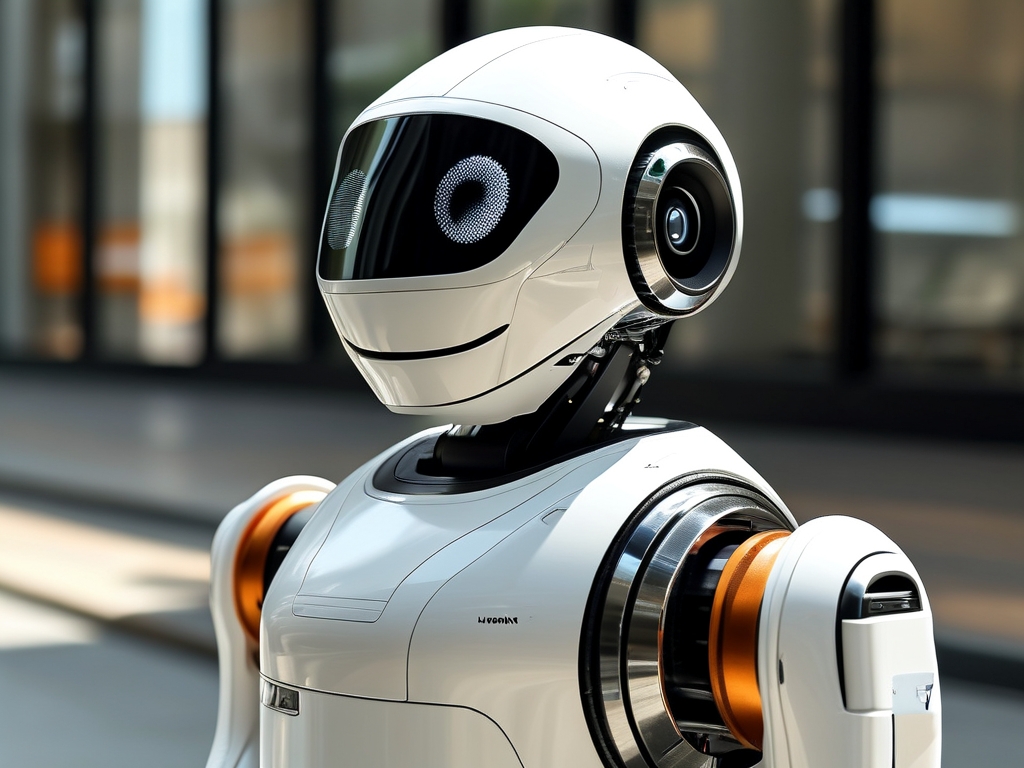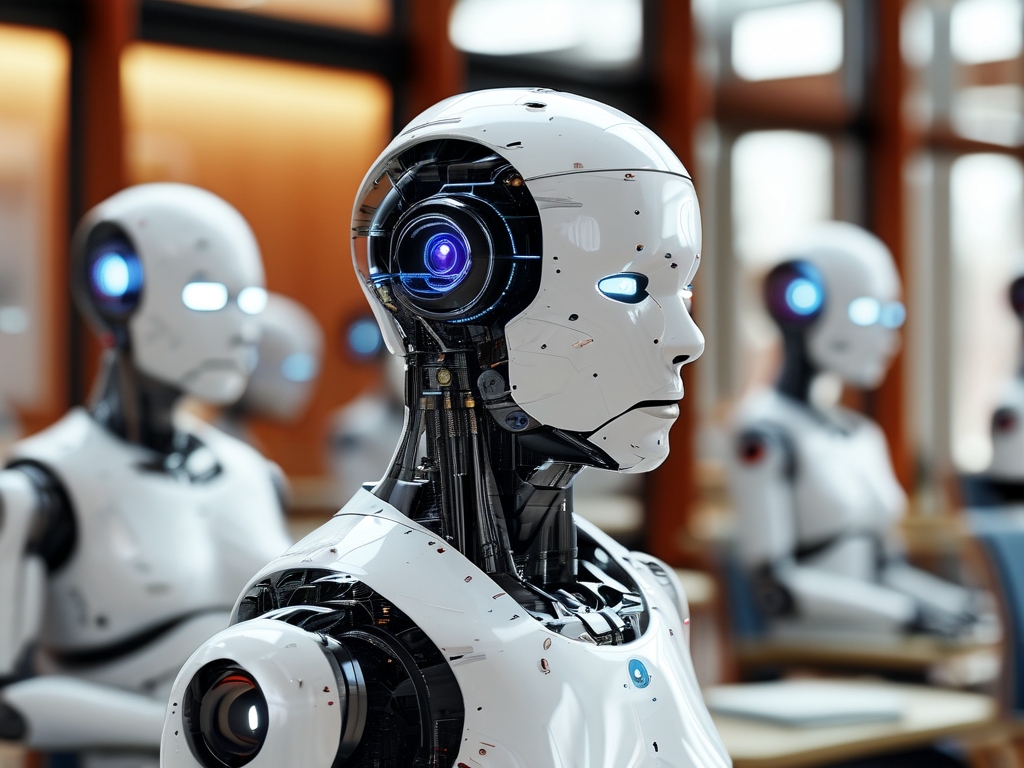The concept of a "Neural Network Man" evokes the image of an individual deeply intertwined with artificial intelligence, symbolizing humanity's evolving relationship with machines that mimic the human brain. In today's digital era, neural networks represent a cornerstone of AI, enabling systems to learn from data and make decisions like never before. This technology, inspired by biological neurons, has transformed industries from healthcare to entertainment, yet it often feels abstract—until we personify it through figures who champion its development. As we explore this idea, we uncover how such a "man" could embody innovation, ethics, and the future of human-AI collaboration.

Neural networks date back to the 1940s, with pioneers like Warren McCulloch and Walter Pitts laying the groundwork for models that simulate neural activity. Fast forward to the 21st century, and these systems power everything from voice assistants to self-driving cars. For instance, consider a fictional character, Dr. Alan Reed, a neuroscientist turned AI developer. His journey began in academia, where he studied brain patterns, but he shifted focus to building neural networks that could diagnose diseases with uncanny accuracy. In one real-world parallel, projects like Google's DeepMind demonstrate how neural networks can predict protein folding, revolutionizing drug discovery. Dr. Reed's story isn't just about code; it's about empathy—how he ensures AI tools prioritize patient care over pure efficiency, addressing biases in training data to avoid misdiagnoses. Such narratives highlight the human element behind the tech, turning cold algorithms into relatable advancements.
However, the rise of the "Neural Network Man" isn't without challenges. As AI systems grow more autonomous, ethical dilemmas emerge, such as job displacement and privacy invasions. Take the case of facial recognition software: while it enhances security, it often reflects societal biases, disproportionately affecting marginalized groups. Here, our protagonist must navigate murky waters, advocating for regulations that balance innovation with accountability. For example, implementing transparent algorithms and diverse datasets can mitigate risks. On a broader scale, neural networks drive economic shifts; automation might eliminate routine tasks but create new roles in AI maintenance and ethics oversight. This duality underscores the need for continuous learning—individuals like Dr. Reed attend workshops on AI governance, fostering a culture where technology serves humanity rather than dominates it. Moreover, in creative fields, neural networks generate art and music, blurring lines between human and machine authorship. A recent exhibition featured AI-generated paintings curated by artists, sparking debates on originality and copyright—topics our "man" engages with through public forums.
Looking ahead, the future of neural networks promises exponential growth, with quantum computing poised to accelerate learning speeds. Innovations like neural lace implants could one day merge human cognition with AI, enhancing memory or decision-making. Yet, this sci-fi vision demands caution; unchecked development risks dehumanizing interactions. Dr. Reed's legacy, therefore, lies in promoting inclusive AI—where diverse teams build systems that reflect global needs. In education, neural networks personalize learning, adapting to students' paces, which he champions by funding STEM programs in underserved communities. Ultimately, the "Neural Network Man" represents a bridge between innovation and integrity. As we embrace this era, his story reminds us that technology's true power emerges when guided by human values, ensuring a symbiotic future where AI amplifies our potential without eroding our essence. Through such figures, we not only advance but also preserve the core of what makes us human.









